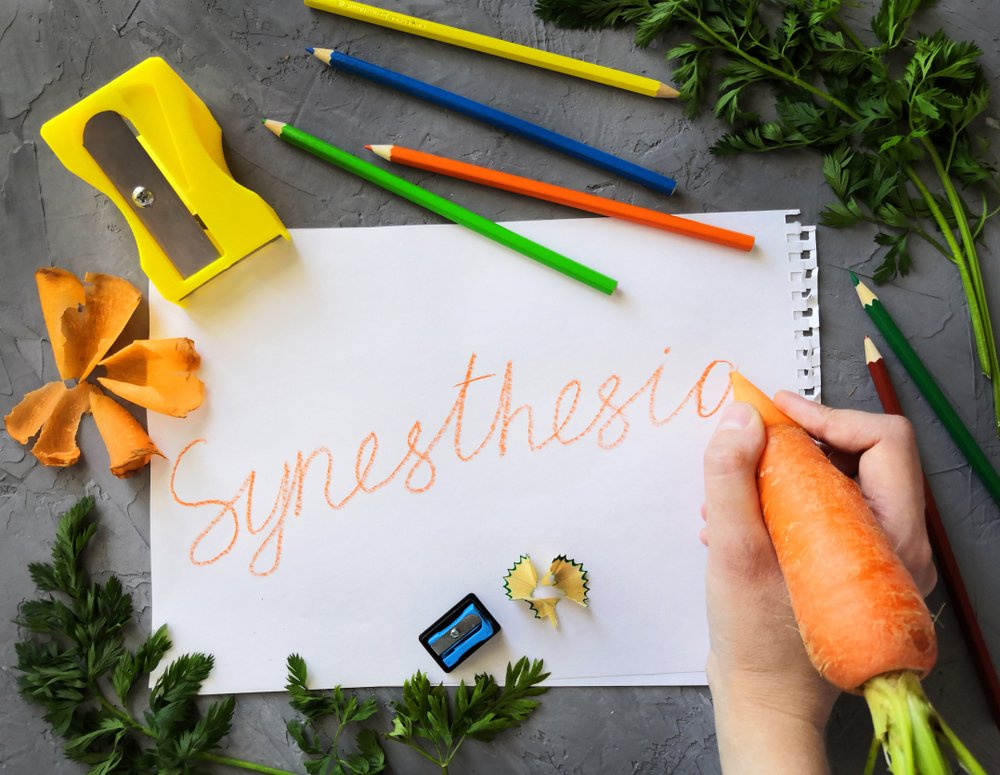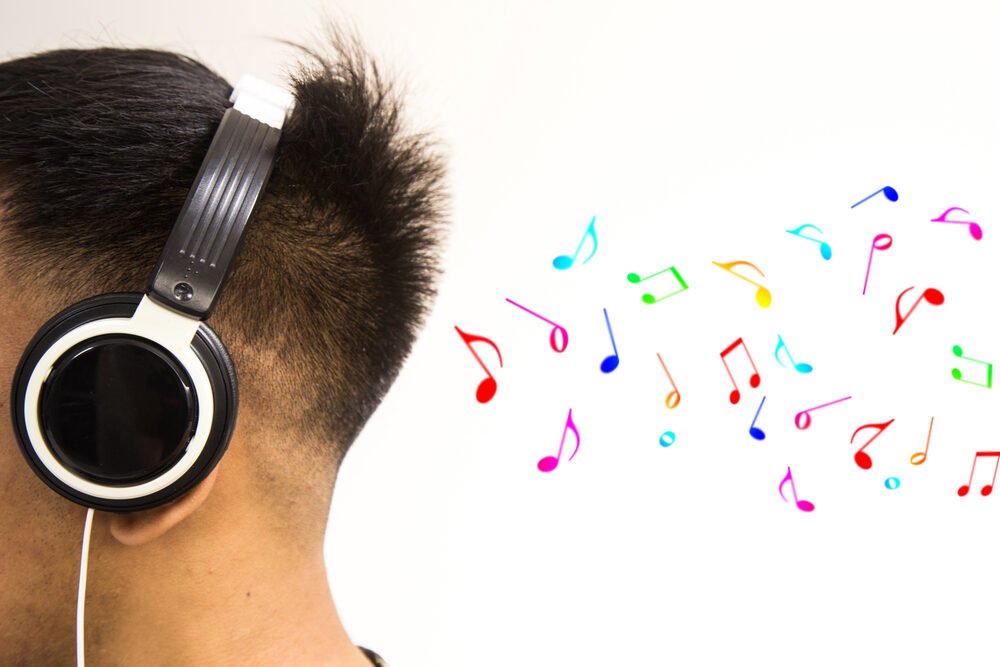Synesthesia Is a Real Phenomenon, Not Just Imagination

Imagine tasting strawberries every time you see the color blue. It sounds magical, almost dreamlike, but for people with synesthesia, it is a real and daily experience. Synesthesia is a neurological condition where senses get cross-wired, causing a person to experience one sense through another. Colors might have flavors, numbers might have personalities, and sounds might trigger bursts of color in the mind’s eye.
Neuroscientists who study the brain explain that synesthesia is not a hallucination or a trick. It is a genuine blending of sensory experiences rooted in how the brain is wired. For someone with color-taste synesthesia, seeing a particular shade might automatically trigger a specific flavor without any effort or imagination. It is an involuntary, consistent reaction that often feels as natural to them as smelling a rose or hearing music. Exploring synesthesia opens up fascinating questions about how perception works and how diverse human experience can really be.
Tasting Colors Is One of the Rarest Forms
Among the different types of synesthesia, tasting colors called “lexical-gustatory synesthesia” — is one of the rarest and most intriguing. While many synesthetes might see colors when hearing music or associate numbers with colors, only a small number actually taste flavors when they encounter colors, words, or even emotions.
Scientists who have studied lexical-gustatory synesthesia find that these sensory pairings are incredibly specific. A bright yellow might taste like lemon meringue, while deep purple might bring the flavor of rich blackberries. What is even more astonishing is that these connections are stable over time. A person might associate the same taste with a particular color for decades without it ever changing. It is as if their brains built a custom sensory map early on, and it became a permanent part of how they move through the world.
Your Brain Might Already Be Wired for Synesthesia
While full-blown synesthesia is rare, researchers believe that all human brains might start off with some level of sensory blending. In infancy, the boundaries between the senses are not as clear-cut as they are in adulthood. Babies might experience the world in a more blended, all-encompassing way before their senses specialize.
Neuroscientists suggest that in people with synesthesia, this early wiring between different senses never fully separates. Instead of seeing color and tasting flavor as separate experiences, their brain bridges the two automatically. This idea hints that synesthesia is not a malfunction but rather a different way of organizing sensory information. It offers a window into how the human brain is more flexible and interconnected than we usually think — and how diverse perception can be even within the same species.
Synesthetic Experiences Are Incredibly Consistent
One of the most fascinating aspects of synesthesia is how consistent it is. If someone with color-taste synesthesia associates the color green with the taste of mint, they will always experience that pairing. It does not change with mood, memory, or preference. This consistency has been confirmed in scientific studies where synesthetes were tested years apart and gave the same sensory pairings each time.
Psychologists point out that this stability suggests synesthesia is hardwired into the brain’s sensory pathways, rather than being based on memory tricks or imagination. The brain is creating genuine cross-sensory connections that remain solid over time. For someone with synesthesia, tasting a color is as natural and unchanging as knowing that fire feels hot or ice feels cold. It becomes part of their personal reality, shaping the way they experience everything from art to language to emotions.
No Two Synesthetes Are Exactly Alike
Although synesthesia has certain patterns, every synesthete experiences it a little differently. The way one person tastes a color might be completely different from another’s experience. One individual might associate the color blue with a sharp tangy taste, while another might feel a soft vanilla flavor instead.
Scientists studying synesthesia explain that the variations come down to how each person’s brain uniquely links their senses. Some connections might be influenced by early childhood experiences, while others seem to emerge naturally without clear cause. There is no universal “taste of red” or “sound of blue” among synesthetes. Instead, their experiences are as unique as fingerprints, each one offering a distinct glimpse into a mind where senses overlap and enrich each other in unexpected ways.
Synesthesia Can Make Everyday Life More Vivid

For many people with synesthesia, life feels a little richer, more colorful, and more emotionally textured. Ordinary things like listening to music, reading a book, or walking through a park can trigger layers of sensory experiences that others never imagine. Hearing a particular melody might paint the sky with color, or seeing a certain shape might fill their mouth with a familiar flavor.
Experts explain that while synesthesia can sometimes be overwhelming, it is often seen as a gift rather than a burden. Many synesthetes say they feel lucky to live in a world where senses intertwine so beautifully. Artists, musicians, and writers with synesthesia often use their unique perceptions to fuel creativity, creating works that aim to capture the richness of their inner experiences. For them, life is not just seen or heard — it is tasted, smelled, and felt in ways most people never experience.
Scientists Are Unlocking How Synesthesia Works in the Brain
Modern brain imaging techniques like fMRI have allowed scientists to peer inside the brains of people with synesthesia, offering amazing clues about how this sensory blending happens. Researchers have found that synesthetes show unusual levels of connectivity between different sensory regions of the brain. Areas that handle taste, color, sound, and language often light up together when they are stimulated.
This increased cross-talk between brain regions could explain why tasting a color feels as natural to a synesthete as seeing a shape or hearing a sound. Instead of isolated pathways, their senses create intricate networks of communication. Scientists believe these enhanced connections might arise during early brain development and are then stabilized over time. Studying synesthesia is not just about understanding an unusual condition. It is helping researchers learn more about how all brains organize information, process perception, and create the rich, layered experience we call reality.
Synesthesia Can Sometimes Spark Super Memories
One surprising side effect of synesthesia is the possibility of stronger and more vivid memory. Some people with synesthesia, especially those who associate colors with numbers, letters, or sounds, report an enhanced ability to remember information. It is like each memory gets an extra sensory tag, making it easier to retrieve later.
Psychologists who study memory and cognition have found that when information is associated with multiple senses, it becomes easier to encode and recall. For synesthetes, this multi-sensory encoding happens naturally, giving them an advantage in remembering complex patterns, sequences, or details. It is not a superpower, but it can make everyday tasks like remembering names, dates, or even grocery lists a little easier. This unexpected benefit shows how closely linked memory and sensory experience really are — and how synesthesia provides a unique glimpse into the hidden potential of the human brain.
Some Artists and Musicians Harness Synesthesia
Throughout history, some of the world’s most creative minds have been thought to experience synesthesia. Musicians like Duke Ellington, painters like Wassily Kandinsky, and even writers have described blending senses in ways that deeply influenced their art. For artists with synesthesia, a piece of music might appear as a cascade of colors, or a poem might have a distinct taste or scent.
Modern researchers point out that while not all synesthetes become artists, having synesthesia can inspire powerful creative expressions. When senses overlap, new connections and ideas can emerge more easily. Colors, sounds, words, and tastes all blend into a richer palette for storytelling, painting, composing, and designing. Synesthesia reminds us that creativity often comes from seeing — and experiencing — the world differently. It is another reason why this rare neurological trait continues to fascinate both scientists and the public.
Synesthesia Can Also Have Downsides
While synesthesia is often described as a gift, it is not always easy to live with. For some people, the constant flood of cross-sensory information can be overwhelming, especially in busy or chaotic environments. Tasting a color might be delightful when wandering through an art gallery, but it might become distracting during a serious conversation or stressful meeting.
Researchers studying the emotional impact of synesthesia have found that not all experiences are pleasant. Some synesthetic pairings can be jarring, uncomfortable, or even painful. A word or sound associated with an unpleasant taste, for example, can make ordinary social interactions more challenging. Like any intense sensory experience, synesthesia has its bright sides and dark sides. It adds richness and depth to life, but it also demands extra adaptation and resilience from those who live with it every day.
Synesthesia Could Teach Us About Autism and Neurodiversity

Synesthesia is often discussed alongside other forms of neurodiversity like autism and ADHD. Although they are different conditions, they all reveal how human brains can function outside what is considered “typical.” Some researchers believe that studying synesthesia could shed light on how sensory processing differs across various neurodiverse populations.
Understanding how synesthetes naturally blend senses might help explain sensory sensitivities in other conditions, offering new insights into brain plasticity and connectivity. It also challenges the notion that there is only one “correct” way for the brain to process information. Instead, it encourages a broader view of human cognition as a colorful spectrum of possibilities. Learning more about synesthesia not only helps the people who experience it but also enriches our collective understanding of how flexible, adaptable, and extraordinary the human brain really is.
Scientists Are Still Discovering New Forms of Synesthesia
Synesthesia is far from being completely understood. As researchers dive deeper into this fascinating phenomenon, they are discovering new and unexpected forms all the time. Some people experience mirror-touch synesthesia, where they feel a physical sensation when they see someone else being touched. Others might associate smells with emotions, or tastes with textures.
Experts in neuroscience emphasize that the full range of synesthetic experiences is likely much broader than we currently realize. Many people might have mild or partial forms of synesthesia without even recognizing it because they have lived with it their whole lives. The more we learn about these hidden sensory crossovers, the more we realize that the boundaries between the senses are not as fixed as they seem. In fact, human perception might be far more fluid, creative, and interconnected than anyone ever imagined.
